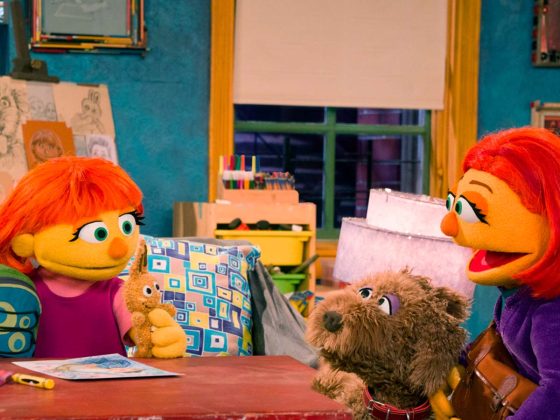
Creature Comforts
An article about the many ways a pet can be valuable to autistic children.
Children are naturally drawn to animals. Other creatures can arouse their curiosity, soothe and comfort them, and sometimes make them giggle. Animals populate the books, movies, and TV shows they like. The icing on the cake? Studies have long shown that having a pet—particularly a dog—leads to a healthier and less-stressful life for their humans, both young and old. This is even truer for autistic children and their families. Service or therapy dogs can be wonderful, of course, but a companion dog can be equally valuable in so many ways. Other pets work, too—whatever kind best fits your lifestyle.
- Pets give unconditional love and friendship, and can be a calming influence, something we all need. Pets don’t judge, don’t ask questions or demand answers, and can be terrific listeners. They also may be irresistibly furry and cuddly!
- Pets may encourage exercise, as well as stepping up and taking on new responsibilities. There are many ways kids can help care for a pet, depending on their age and ability: naming, feeding, filling a water bowl, walking, playing, brushing. In whatever way they are
engaged, it will grow their self-confidence. Children count on grown-ups for daily care. It’s a nice change to switch things around a little by having a creature be dependent on them! - Pets offer opportunities to practice making conversation, by providing easy guideposts for questions and answers with both kids and adults: “What is your dog’s name?” “Can I pet your dog?” “My hamster is called Zippy because he’s really fast.”
- Questions such as, “What does it mean when the dog puts its tail between its legs?” or “Why do you think the kitty is purring?” encourage kids to try to figure out another creature’s needs. When children learn to treat animals gently and with kindness, they begin to stretch their empathy muscles. The confidence they build by interacting with animals may also encourage them to trust and confide in other people.
- It’s important that you choose the right pet—anything from a fish to a dog—with the right temperament for your child. Don’t get a loud pet for a child who likes quiet, for instance. If an actual pet at home isn’t practical, you can still encourage kids to learn from animals. They may enjoy getting to know a classroom pet, for example, observing animals in the neighborhood, reading about animals, and even playing with stuffed animals.
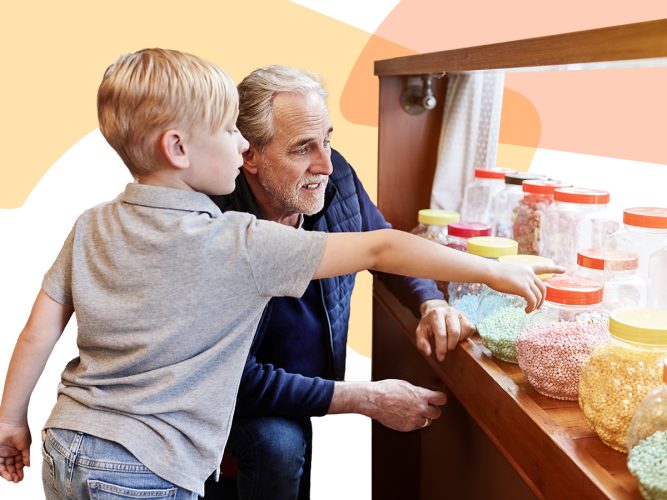
Teaching Self-Determination Skills
Try these playful activities to help your child develop important self-determination skills.

Setting and Achieving Goals
With support from a caring grown-up, autistic children can set goals, make a plan, and accomplish big things!
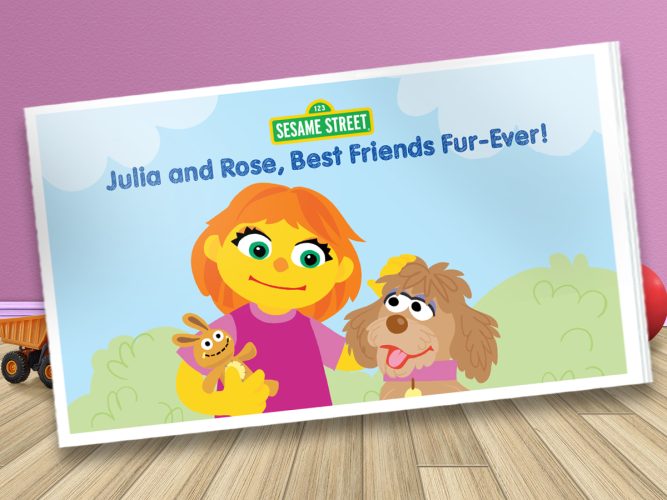
Julia and Rose – Best Friends Fur-Ever
When Julia has an idea, she sees it through… with a little help from her family. This social story for autistic children models what’s possible!
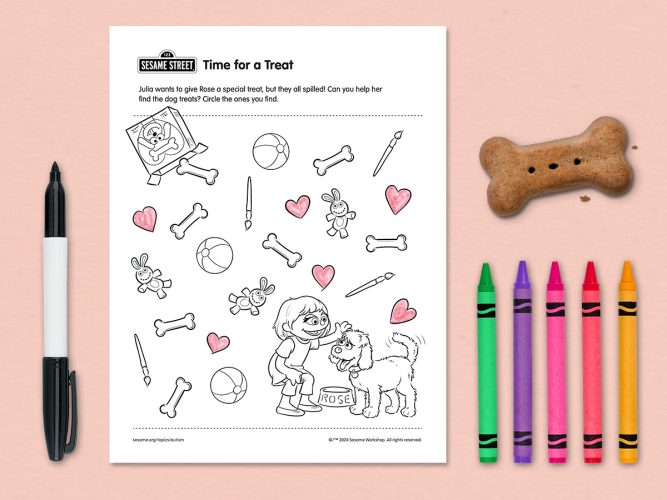
Time for a Treat
Sometimes autistic children—and all children—need a little help from others to reach their goals.
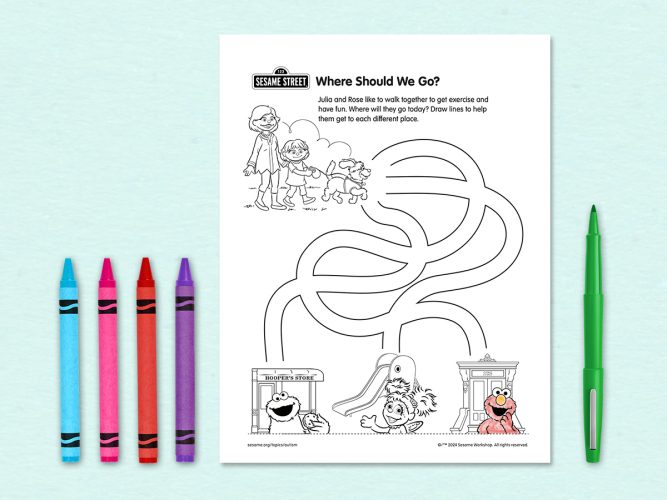
Where Should We Go?
Even taking a walk around the neighborhood can offer opportunities for autistic children to make choices—and have fun!
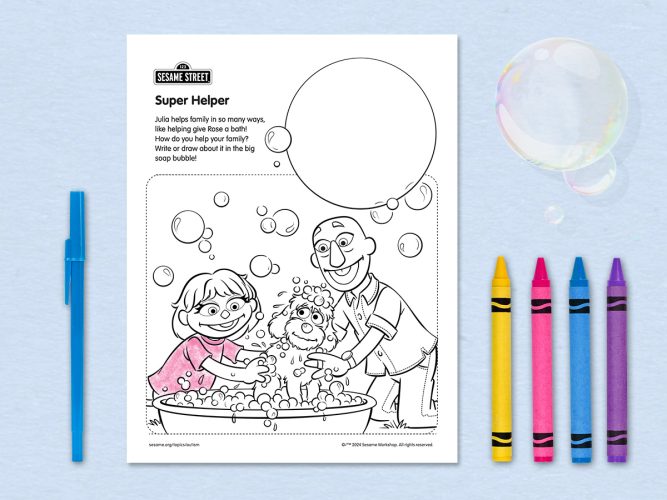
Super Helper
Finding ways to help their family can be a great way for autistic children to build skills and pursue goals.
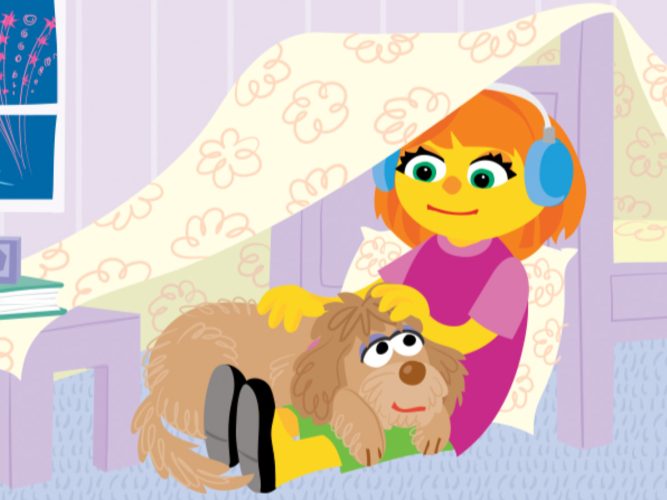
Forging Furry Friendships: How Human-Animal Interventions Can Support Autistic Children’s Well-Being
In this webinar, you’ll learn about the science of human-animal bonds and specifically how animal interventions can support autistic children’s well-being.
